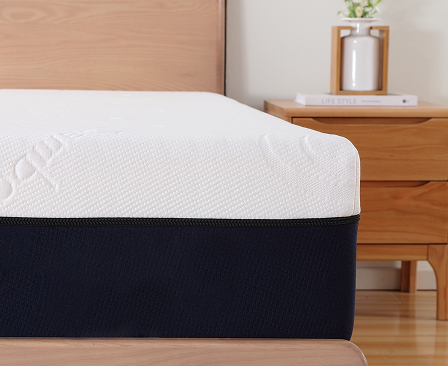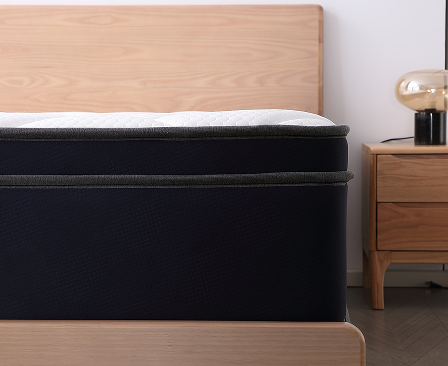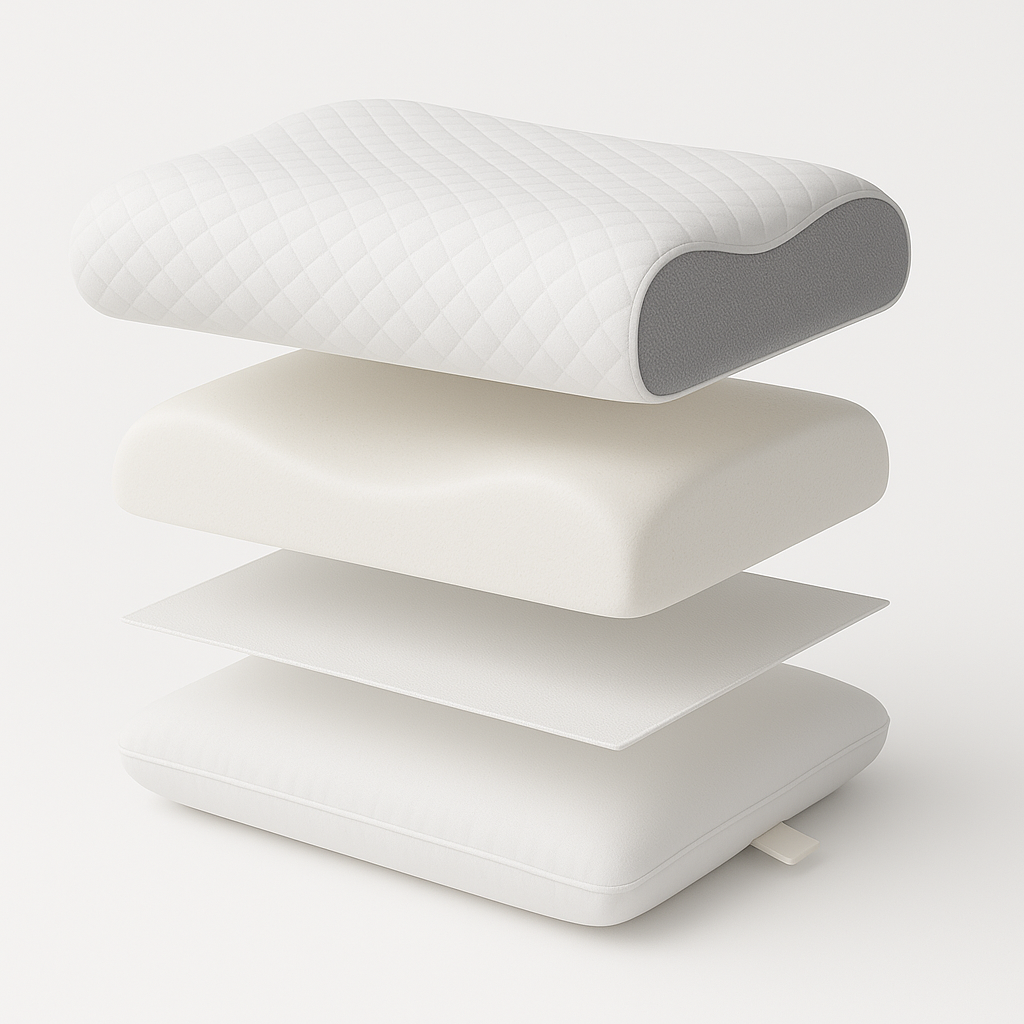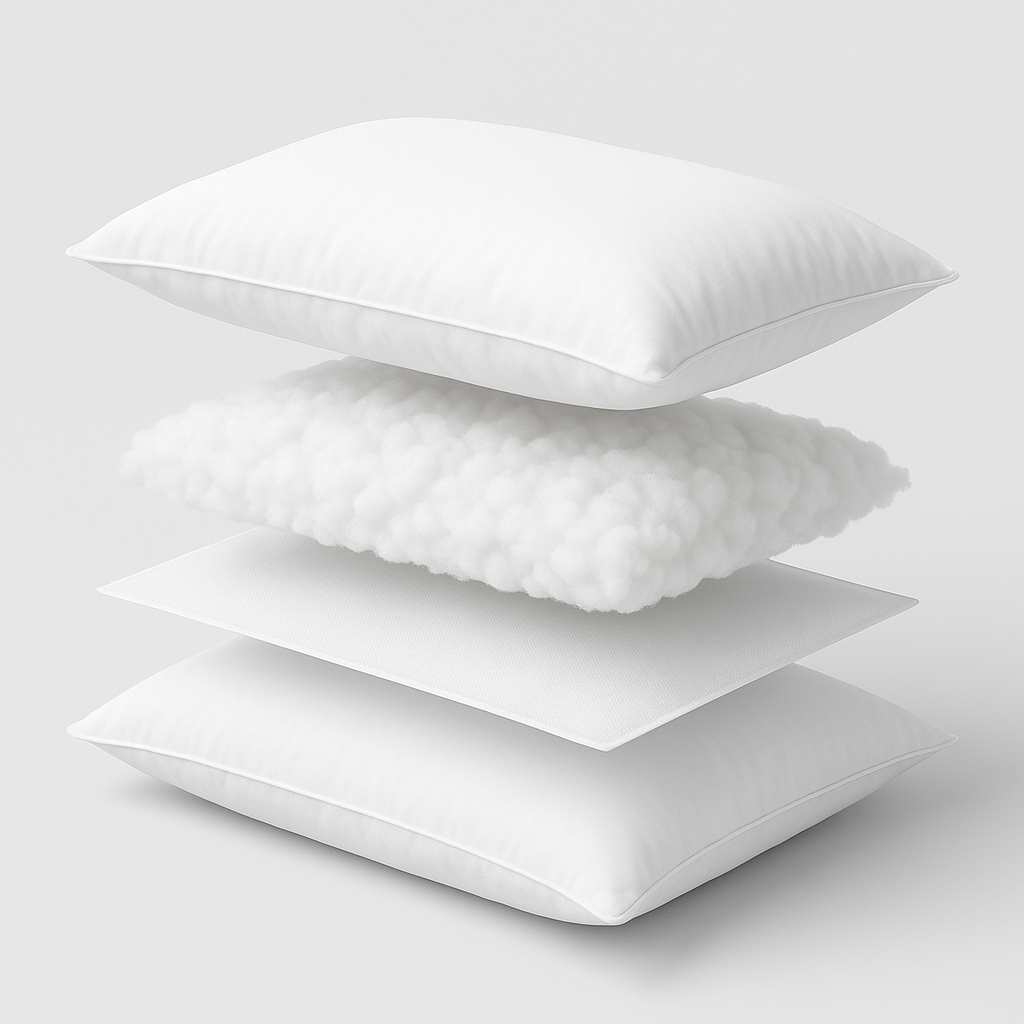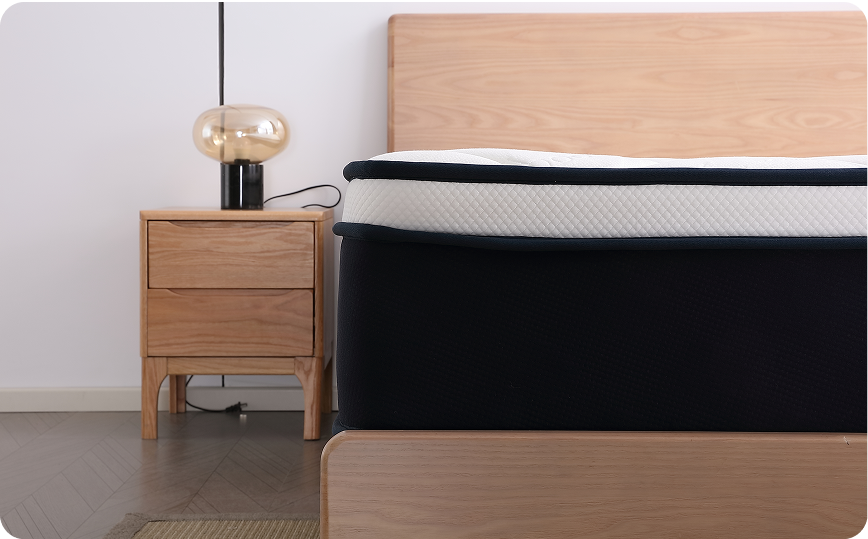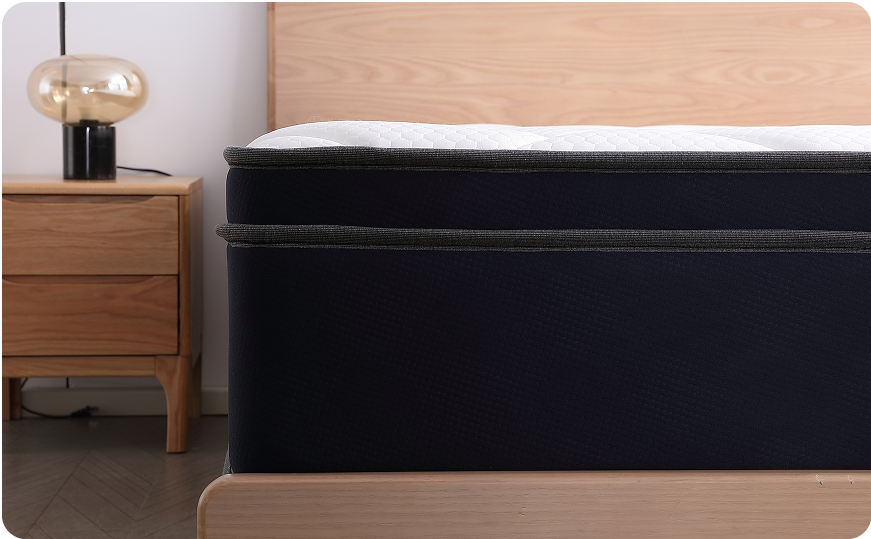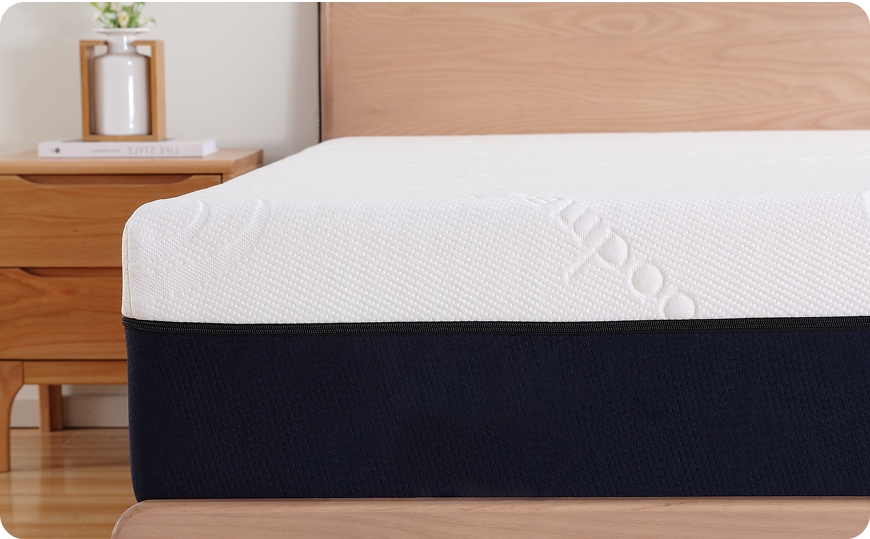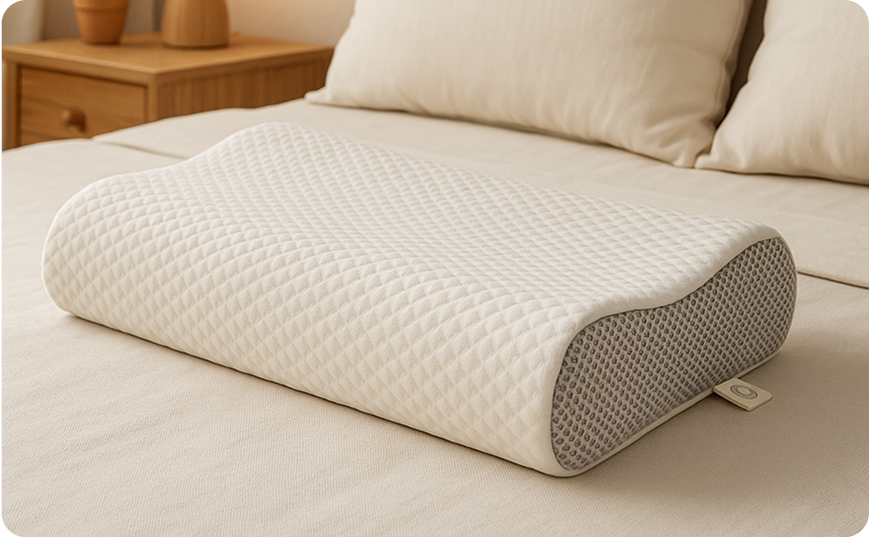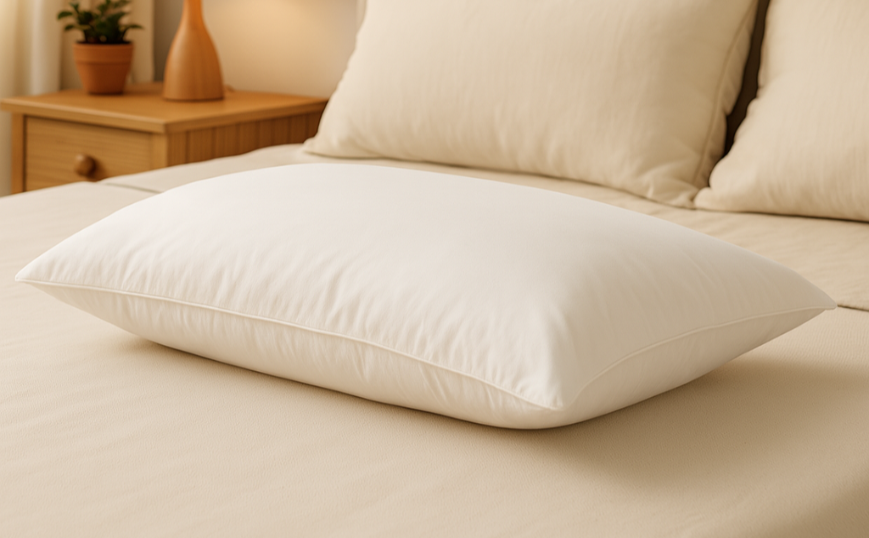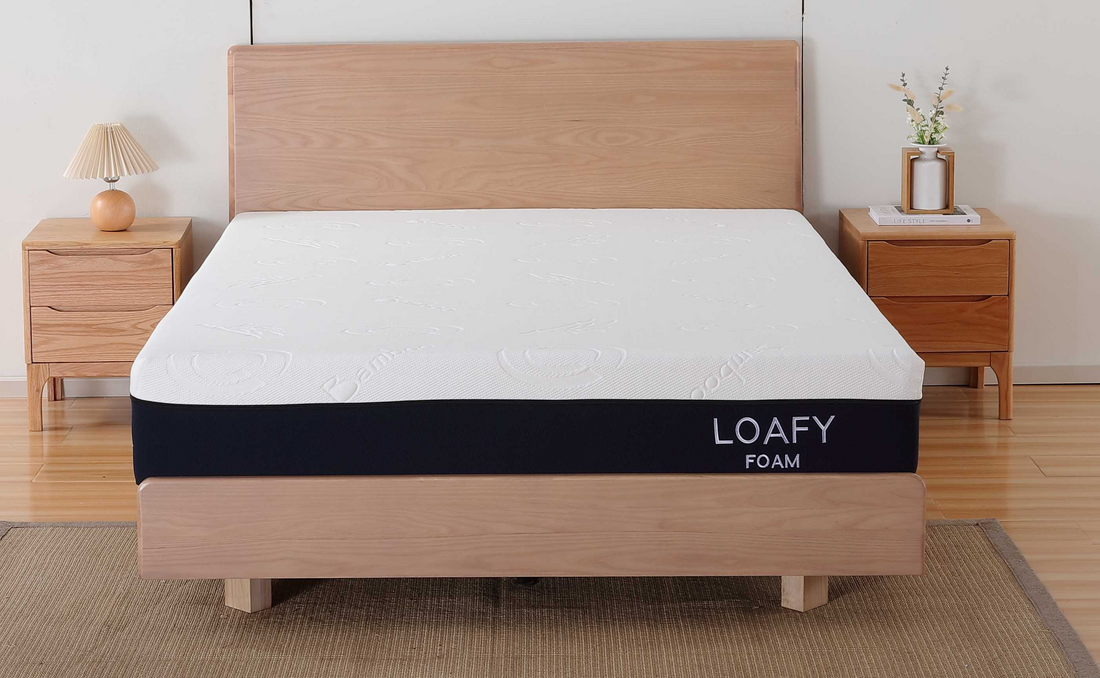
Is Your Old Mattress Sabotaging Your Sleep? 6 Signs It's Time to Replace It
Share
Quick Summary (TL;DR)
Wondering when to replace a mattress? The average mattress lifespan is 7–10 years, but sagging, pain, allergies, or noisy springs mean it’s time sooner. An old mattress can hurt your back, worsen sleep quality, and trap allergens. Eco-friendly replacements like LOAFY mattresses ensure comfort while reducing landfill waste through recycling and donation programs.
Is Your Old Mattress Sabotaging Your Sleep? 6 Signs It's Time to Replace It
That morning stiffness. The constant tossing and turning. The feeling that you wake up more tired than when you went to bed. You might blame stress or a busy schedule, but the culprit could be right beneath you: an old, worn-out mattress.
Knowing when to replace your mattress is crucial for your health, sleep quality, and even the environment. This guide will help you decode the signals your body and your bed are sending you, so you can make an informed decision for your well-being.
The Truth About Mattress Lifespan: It's Not Just About Age
While the general rule is to consider replacing your mattress every 7-10 years, this isn't a hard deadline. A high-quality, well-cared-for mattress can last longer, while a lower-quality one might fail sooner.
Think of it like car tires: their lifespan depends on the quality of the materials and how much they're used. Factors that shorten a mattress's life include:
- Heavier body weight
- Sleeping with a partner (doubling the wear and tear)
- Not rotating it regularly (every 3-6 months is ideal)
- Lack of a supportive bed frame
The 6 Unmistakable Signs It's Time for a New Mattress
Don't wait for a spring to pop through. Here are the subtle and not-so-subtle clues that your mattress is past its prime.
1. You Wake Up Sore or Stiff
This is the #1 sign. If you frequently have aches in your back, neck, or shoulders, your mattress is no longer providing proper support. It's allowing your spine to rest in an unnatural position, creating pressure points and muscle strain.
2. You Can See or Feel Sagging and Lumps
Run your hand over the surface. Lie down and have your partner check your profile. Visible dips or valleys, especially where you sleep, mean the support layers have broken down. Your body should rest on the mattress, not in it.
3. You Sleep Better Elsewhere
Do you get the best sleep of your life in a hotel or at a friend's house? If the answer is yes, it's a clear indicator that your own mattress is the problem. Your bed should be your sanctuary, not a source of discomfort.
4. Your Allergies or Asthma Have Worsened
An old mattress can double in weight due to an accumulation of dust mites, dead skin cells, and mold. If you find yourself sneezing, coughing, or waking up congested, your mattress could be the trigger.
5. You Hear Creaks, Squeaks, or Noises
For innerspring or hybrid mattresses, noisy coils are a dead giveaway that the internal structure is compromised. This noise signifies metal fatigue, meaning the support is uneven and failing.
6. It's Been Over 8 Years (And You Just Know)
Even without obvious sagging, the comfort materials (like foam and fibers) break down over time. If you can't remember when you bought it, or if it's been over a decade, it's almost certainly not providing the support you need for restorative sleep.
The Ripple Effect: How an Old Mattress Impacts More Than Sleep
The consequences of sleeping on a dead mattress extend far beyond a bad night's rest.
- Chronic Pain: Poor spinal alignment can lead to long-term back problems.
- Reduced Immunity: Poor sleep quality directly weakens your immune system.
- Mental Fog & Mood Swings: Without deep, restorative sleep, concentration and emotional resilience suffer.
The Environmental Imperative: Don't Just Send It to the Landfill
When you replace your mattress, the journey of your old one matters. Mattresses are bulky, difficult to compress, and can take over 100 years to decompose in a landfill, leaching chemicals and taking up massive amounts of space.
This is why choosing a brand that prioritizes sustainability is a responsible choice.
LOAFY's Sustainable Solution: Sleep Well, Do Good
At LOAFY, we’ve built a circular approach to mattress replacement because we care about your sleep and our planet.
- Eco-Conscious Materials: Our mattresses are made with CertiPUR-US® certified foams and sustainable materials, so you’re not bringing toxins into your home.
- A Responsible End-of-Life Plan: We partner with local organizations to donate gently used mattresses to those in need and ensure non-donatable units are broken down for recycling, keeping them out of landfills.
- Designed for Durability: We use high-quality, resilient materials to ensure your new LOAFY mattress provides lasting comfort and support for years to come.
Don't spend another night on a mattress that's working against you. Your health and well-being are worth the investment.
👉 Take the LOAFY Quiz to Find Your Perfect Match!
Answer a few simple questions about your sleep style and needs, and we'll recommend the ideal LOAFY mattress for you. Rest easy with our 100-night risk-free trial and the knowledge that you're making a choice that's better for you and the planet.
Frequently Asked Question(FAQ)
How do I know if my mattress is causing my back pain?
A key sign is if you wake up with back pain that eases up after you've been moving around for 30 minutes to an hour. This suggests your mattress isn't supporting your spine properly during the night, allowing it to sag into an unhealthy position.
Can a mattress last 20 years?
While a very high-quality latex mattress can potentially last 15-20 years, the average mattress loses its supportive properties after 7-10 years. Even if a 20-year-old mattress looks okay, the internal materials have likely degraded, compromising comfort and spinal alignment.
What is the most environmentally friendly way to get rid of a mattress?
The best option is to choose a brand that offers a take-back program for recycling or donation. If that's not available, search for a dedicated mattress recycling facility in your municipality. Avoid illegal dumping or sending it to a general landfill.
Do I need a new mattress if I toss and turn all night?
Frequent tossing and turning is a classic sign that your mattress is no longer comfortable or supportive. Your body is constantly trying to find a pressure-free position. A new, supportive mattress should significantly reduce this movement.
Why is a LOAFY mattress a sustainable replacement choice?
LOAFY is a sustainable choice because we prioritize non-toxic certified materials for your health and offer a responsible end-of-life program for your old mattress, ensuring it is donated or recycled. This creates a full circle of responsibility from production to disposal.
